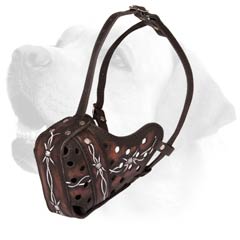

In addition, a foreign body can lead to slobbering. Tartar buildup and irritation of the gums can also lead to drooling, as can an infection in the mouth. The problem could be a fractured tooth or tumors inside the mouth, esophagus, and/or throat. Mouth and Throat IssuesĪnything that prevents your dog from swallowing normally can lead to drool, as the saliva will build up until it drips from his mouth. But when is drool something to be worried about? There are several conditions that can lead to an inability to swallow normal amounts of saliva or to the production of excess saliva. A disagreeable taste, like that of some medications, can cause the same result. Saliva plays an important role in digestion, so the thought of exciting food, like a piece of steak, can get your dog’s mouth watering. A handkerchief tied around your dog’s neck can help absorb the drool.Įven dogs that don’t slobber all the time can drip a bit of drool when they’re anticipating something delicious. It’s also important to mop your dog’s face whenever he eats or drinks. Keeping a cloth on hand makes it easy to regularly wipe your dog’s muzzle before the drool hits your floor or furniture. This condition does not require medical intervention, but owners of these slobbery breeds quickly learn the value of a drool rag.
Lab puppy muzzle skin#
Water can also get trapped in all that loose skin after they take a drink. Then it either drips from their flews (large, pendulous upper lips) or is flung into the air when they shake their heads. These dogs have extra skin around their lips and muzzle, which allows saliva to collect in the folds. It is seen commonly in breeds such as the Bloodhound, Saint Bernard, and Mastiff, whose head/lip conformations cannot retain the amount of drool they produce. But what should you do if there’s a large amount of slobber, and how do you know when it’s healthy or if there’s something more serious going on? Typical Droolingĭrool, or as it’s known in the medical field, ptyalism, is an excessive flow of saliva that has accumulated in the mouth/oral cavity. Just like barking or chasing squirrels, it’s part of the canine package. Drippy, slobbery, and sloppy, drool is a fact of life for certain dog breeds.


 0 kommentar(er)
0 kommentar(er)
